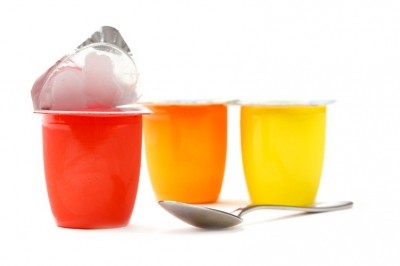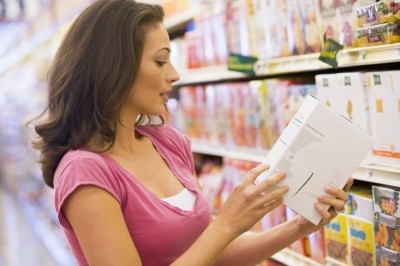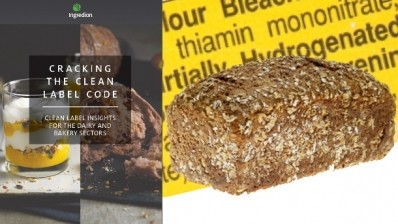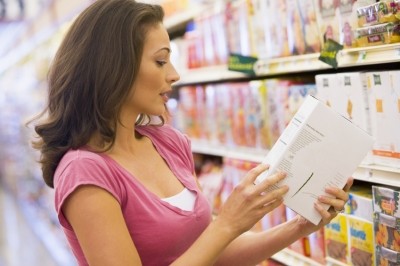DISPATCHES FROM 2015 AACC INTERNATIONAL
Clean label: Is it worth it?
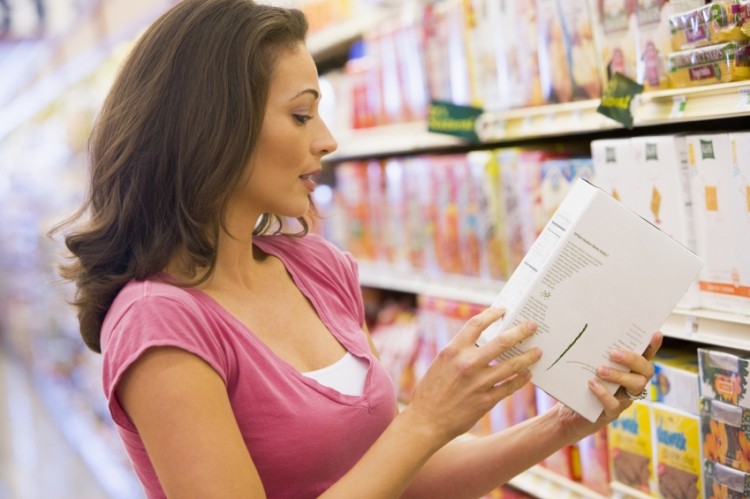
Theresa Cogswell, owner of BakerCogs, a baking industry consultant company, spoke at the 2015 meeting of the American Association of Cereal Chemists (AACC) and said things can get quite complex and costly for companies wanting to go completely clean label. Once a company attempts to clean, it tends to morph into many different trends as well.
“That’s the biggest challenge,” she told BakeryandSnacks. “It’s a huge time drain on the ingredients suppliers, the flavor companies, all of those folks. If you’re a customer, if you’re [a company like] Mondelēz or Nestlé, you want it because you think your customers want it. You put all these resources in it for this small bucket of business.”
“But then challenge is when you go clean label and your marketing department comes in and says ‘By the way, I want GMO-free and organic too.’ Then you’ve got a mess.”
What is this movement driven by?
In Cogswell’s opinion, most of the hype for clean and clear label food is coming from bloggers, such as the infamous Food Babe, and social media accounts or posts that catch fire via retweets and shares.
“The challenges that we’re having today: We’re not in charge,” she told a group at the AACC conference. “Whether we like it or not, these media-driven changes affect our life.”
How clean label is defined, she said, is that ingredients cannot sound like a chemical. There also can’t be any additives or preservatives, the ingredient list must be short and the ingredients need to be understandable by consumers.
The problem with this, she said, is that there are many ingredients that are completely safe for consumption may sound overly-scientific and raise questions among consumers.
“We, as an industry, end up being looked at as the big, bad, negative food companies,” Cogswell said. “But we’ve worked hard to give you good, economic food that will have shelf life and you can pull out when you need it, and now we’re being demonized for it.”
“It’s really easy to spread fear and it’s very difficult to spread truth. It’s like GMO and biotechnology; why is it accepted in the medical profession but when it comes to their food it’s no? In my opinion, it’s all about education.”
Will the trend toward clean label continue?
When asked if the clean label trend will still be around in five years, Cogswell stopped to ponder the question. She said she’s unsure whether customers and manufactures will still be driving toward this trend, but there will always be an additional cost associated with it.
“If people are struggling to feed their families, they’re not going to go there,” Cogswell said. “There’s a certain percent of the demographic who will pay the money, but I don’t know what that number is. Max, it’s the 80% [who won’t] and 20% [who will] in that situation.”
There’s also the matter of food waste, as taking out many of the ingredients and preservatives will mean shorter shelf lives for items. Cogswell said customers may change their mind on clean label if they bring an item home one day and it is moldy the next.
Food companies can’t be all things to all people, she said. It will be important for bakers and snack manufacturers to pick an area and decide which trend they want to go after.
“Know who you are, know what your brand stands for and be true to it,” she said.
